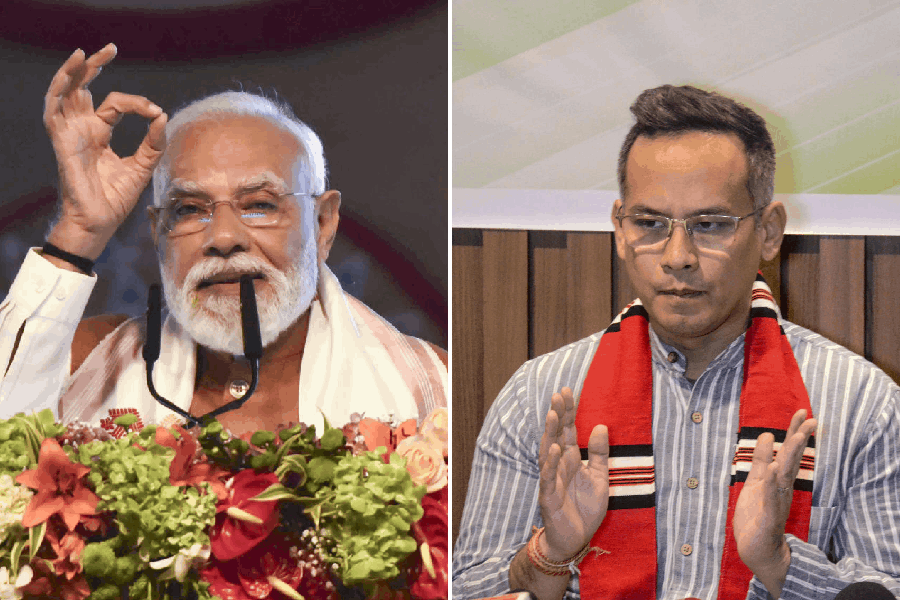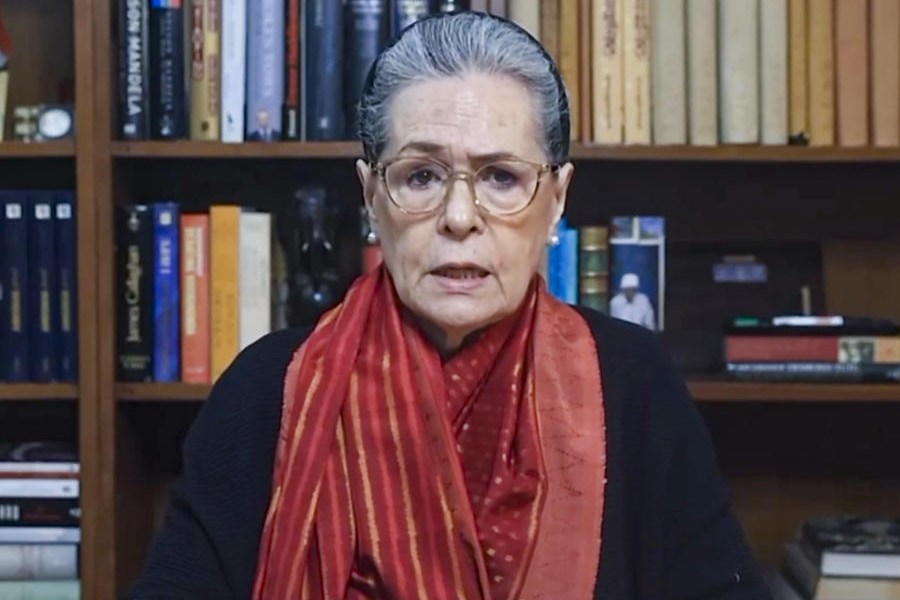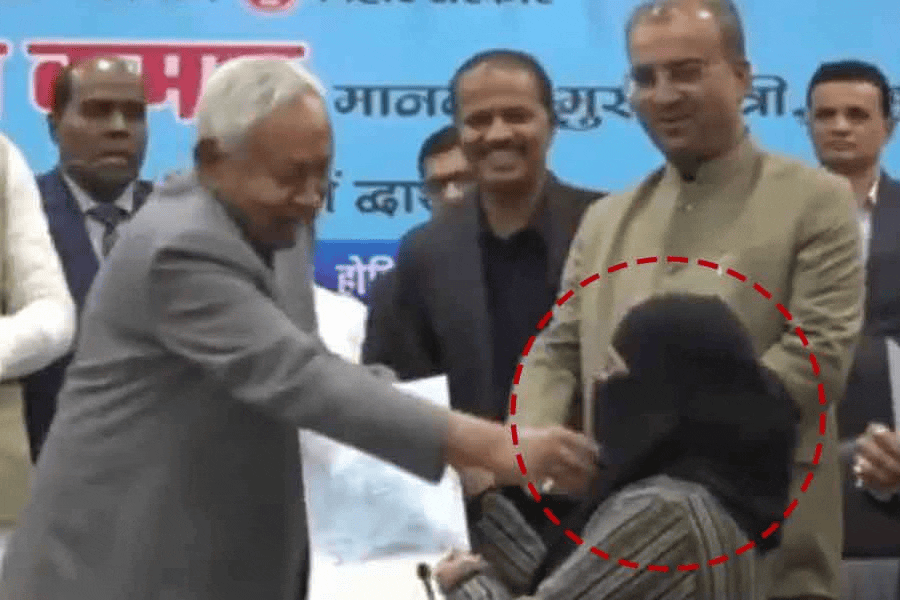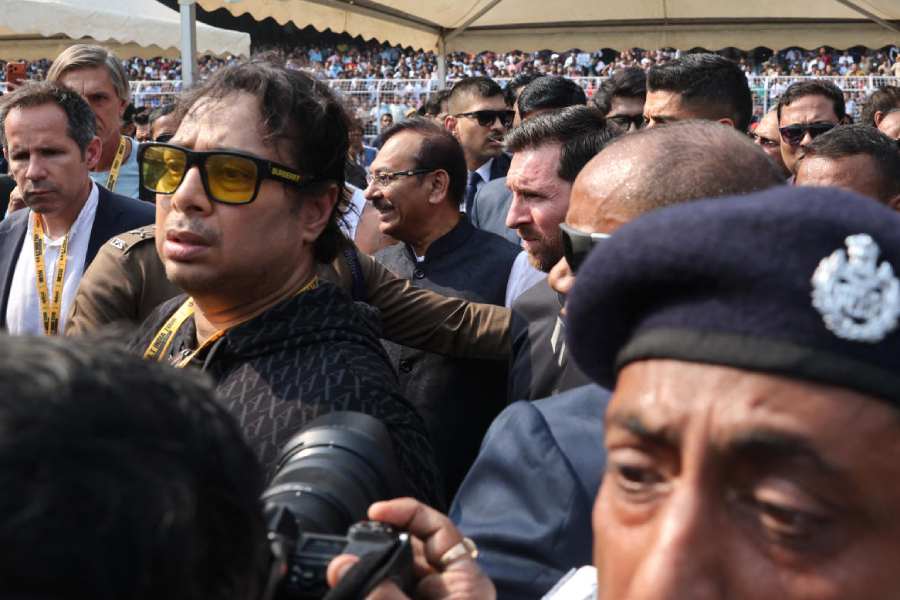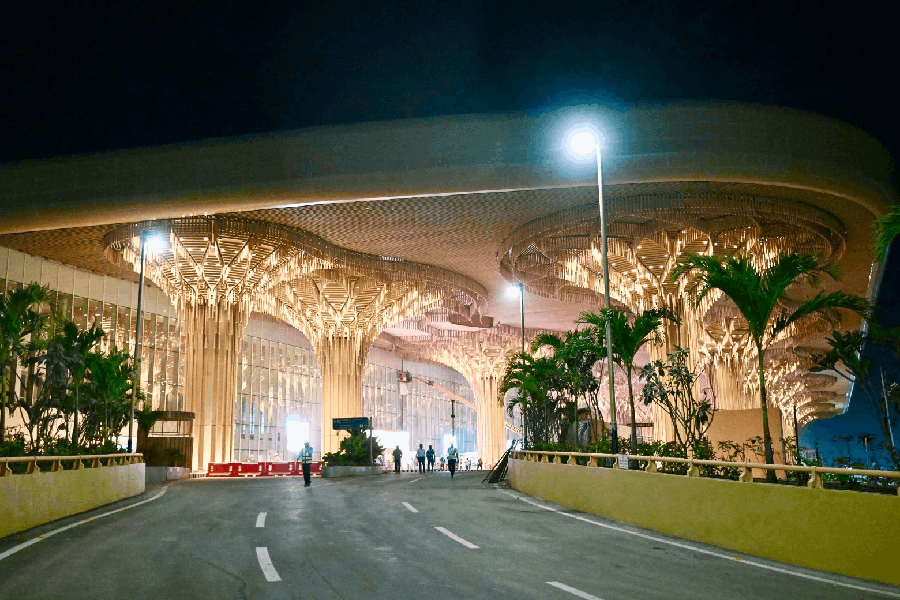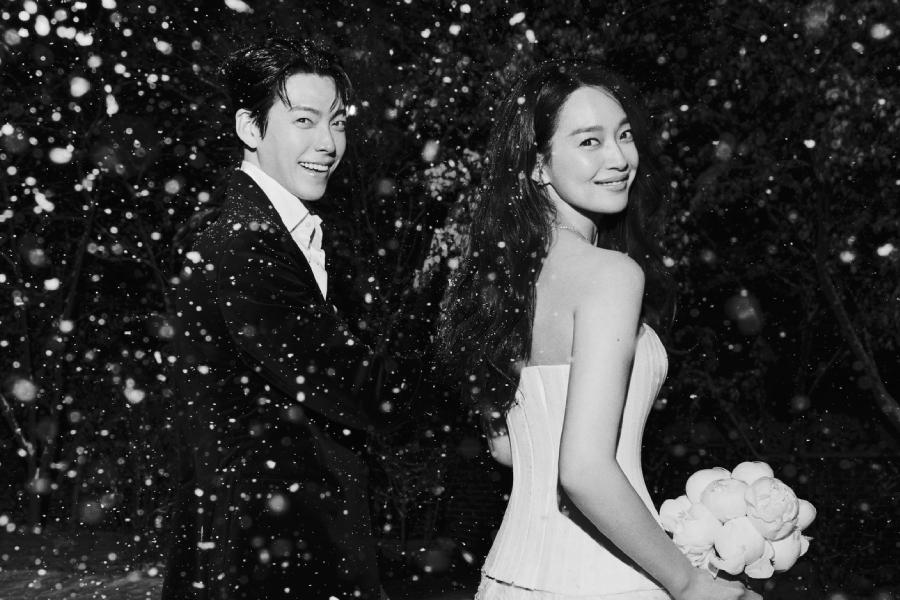|
|
| tHATE CAMPAIGN: Protesters in Mumbai demonstrate against Jaswant Singh’s book where he has praised Jinnah |
On August 19, just two days after the release of Jaswant Singh’s controversial book Jinnah — India, Partition, Independence, the home department of the Gujarat government banned the book.
Without quoting a single offending passage from the book, the home department simply said that the book was in violation of Section 95 of the Code of Criminal Procedure (CrPC) and some sections of the Indian Penal Code (IPC). It later explained that it had banned the book to “protect the image” of independent India’s first home minister Sardar Vallabhbhai Patel and to avoid “hurting patriotic sentiments”. It also said that the ban was in the “wider public interest”.
“The funny thing is that the government first banned the book and then started looking for reasons to justify it. It was a purely political decision and I hope the high court strikes down this illegal ban,” says Manishi Jani who has filed a PIL, challenging the ban in the Gujarat High Court. Jani is a well-known poet and president of the Gujarati Writers’ Association, Ahmedabad. Jaswant Singh has also challenged the ban in the Supreme Court and the latter has asked the Gujarat government to explain its action.
“What the government did was in clear violation of Article 19A of our Constitution that protects freedom of speech and expression,” says Anand Yagnik, the lawyer who is arguing Jani’s case.
In India governments routinely ban this or that book or publication on grounds of “public interest”. Whether it was the banning of Taslima Nasreen’s Dwikhandito by the West Bengal government in 2003 or James Laine’s Shivaji: Hindu King in Islamic India by Maharashtra in 2004, or the latest one by Gujarat, governments have been resorting to various provisions in the Constitution to proscribe books and other publications. The point, however, is whether such a ban is justified in most cases.
Section 95 of the CrPC gives the government the right to declare certain publications “forfeited” if the “publication ... appears to the State Government to contain any matter the publication of which is punishable under Section 124A or Section 153A or Section 153B or Section 292 or Section 293 or Section 295A of the Indian Penal Code.”
Section 153A and 153B — the two sections under which the Gujarat government has banned Singh’s book — relates to “promoting enmity between different groups” on grounds of religion, race, and so on, and “imputations, assertions prejudicial to national integration.”
Section 124A is the sedition law, while Section 292 is on obscene publications. Section 293 prohibits the sale and distribution of obscene objects to young persons, and Section 295A prescribes punishment for those held guilty of deliberate and malicious acts intended to outrage religious feelings.
Experts point out that there is some degree of vagueness in Section 95 which governments take advantage of. “There is a bit of a grey area in the interpretation of Section 95,” admits Sanghraj Rupawate, advocate, Bombay High Court. “Governments think that they can raise the bogey of a possible public disorder under Section 153A and hide behind it,” says Rupawate, who was one of the petitioners against the banning of Laine’s book. The case is now before the Supreme Court.
However, others say that there is nothing ambiguous about the law. “The law can’t be clearer than what it is, but its application leaves a lot to be desired. In fact, most governments misuse the law,” says Raju Ramachandran, senior advocate, Supreme Court, who has fought several cases pertaining to the banning of publications.
The courts have, in fact, overturned such bans on many occasions. One of the first such cases to be taken up by the Supreme Court related to a book, Gandhi-hatya Ani Mee (Gandhi-assassination and I), by Gopal Vinayak Godse, brother of Mahatma Gandhi’s assassin Nathuram Godse. The government’s contention was that the book could spread enmity between groups.
However, in 1969, the Supreme Court, while striking down the government’s order, ruled, “There is no doubt that Gandhiji’s murder has been extolled and one cannot possibly appreciate it. But the question before us is not whether the book is bad for that reason. Our task is to see whether the glorification of Nathuram or the justification of his dastardly act can be said to be reasonably connected with the problem of Hindu-Muslim amity.”
Again, in the S. Rangarajan vs P. Jagjivan Ram case in 1989 (relating to a film ban by the Tamil Nadu government) the Supreme Court declared, “It is our firm belief...that there must be freedom not only for the thought that we cherish, but also for the thought that we hate.”
More recently, the Calcutta High Court also overturned the ban on Taslima Nasreen’s book Dwikhandito. Says Joymalya Bagchi, the lawyer who successfully fought the case for Nasreen, “There are scores of cases when the courts have vigorously defended the right to freedom of expression and speech.”
Of course, there have been some instances where the courts have favoured a government’s decision to ban a particular publication. In the Baragur Ramachandrappa vs State of Karnataka case in 2007, for instance, where a novel was deemed to contain passages that hurt religious sentiments, the Supreme Court upheld the ban and also asked the author, P.V. Narayanna, to delete some portions of the book’s allegedly offending passages.
However, Ramachandran, who had fought and lost the Baragur Ramachandrappa case, hopes that it will be different this time. “When religious sentiments are involved, the government can be a little pre-emptive, and courts may take a lenient view. But that may not be so in other cases,” he says.
So will the courts strike down the ban on Jaswant Singh’s book? Time, as they say, will tell.



